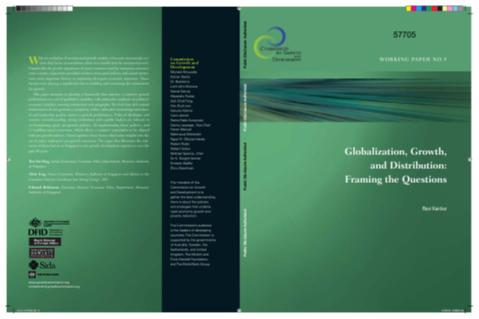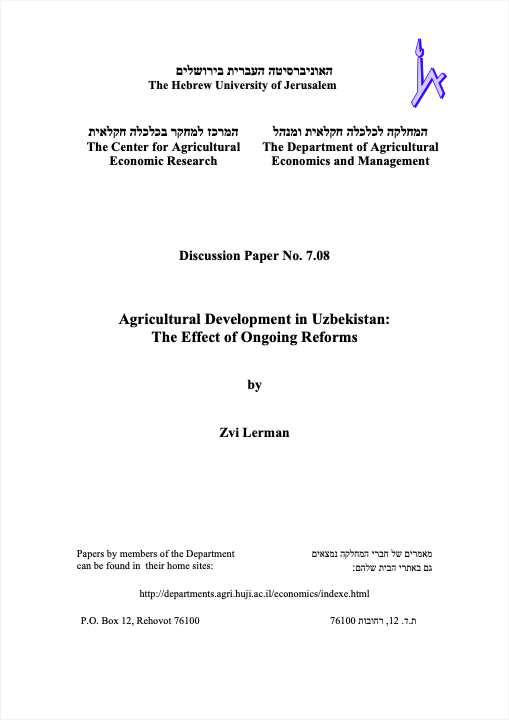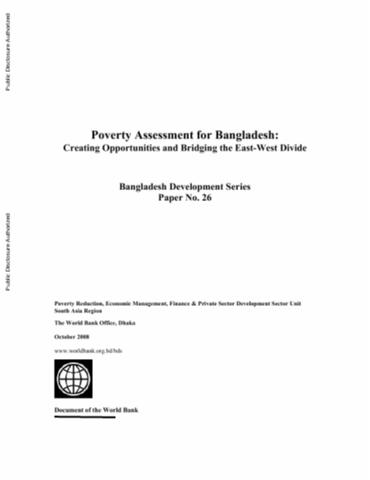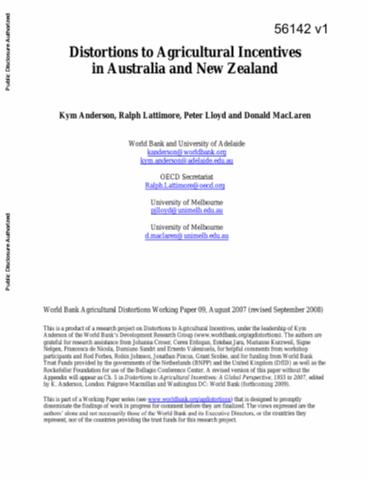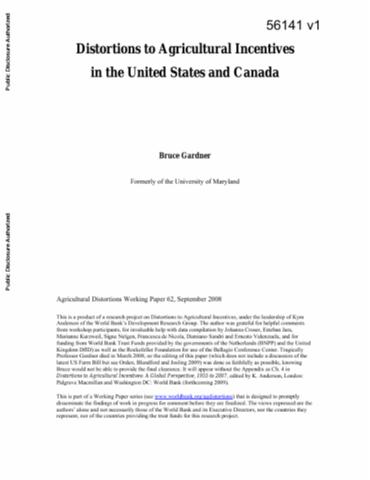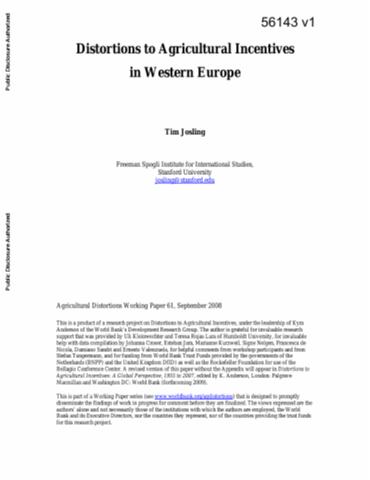Exploring options for farm-level strategic and tactical decision-making in fruit production systems of South Patagonia, Argentina
In South Patagonia, Argentina, sweet cherry is the main fruit-tree crop grown for export, resulting in a highly seasonal labour demand. Managers of deciduous perennial fruit orchards must consider both biological and economic relationships in selecting crop species and orchard design. This makes decisions at the farm-level extremely complex, as especially in such perennial crops, strategic ('what to plant', 'with which technology' and 'how much area of each activity', i.e.


